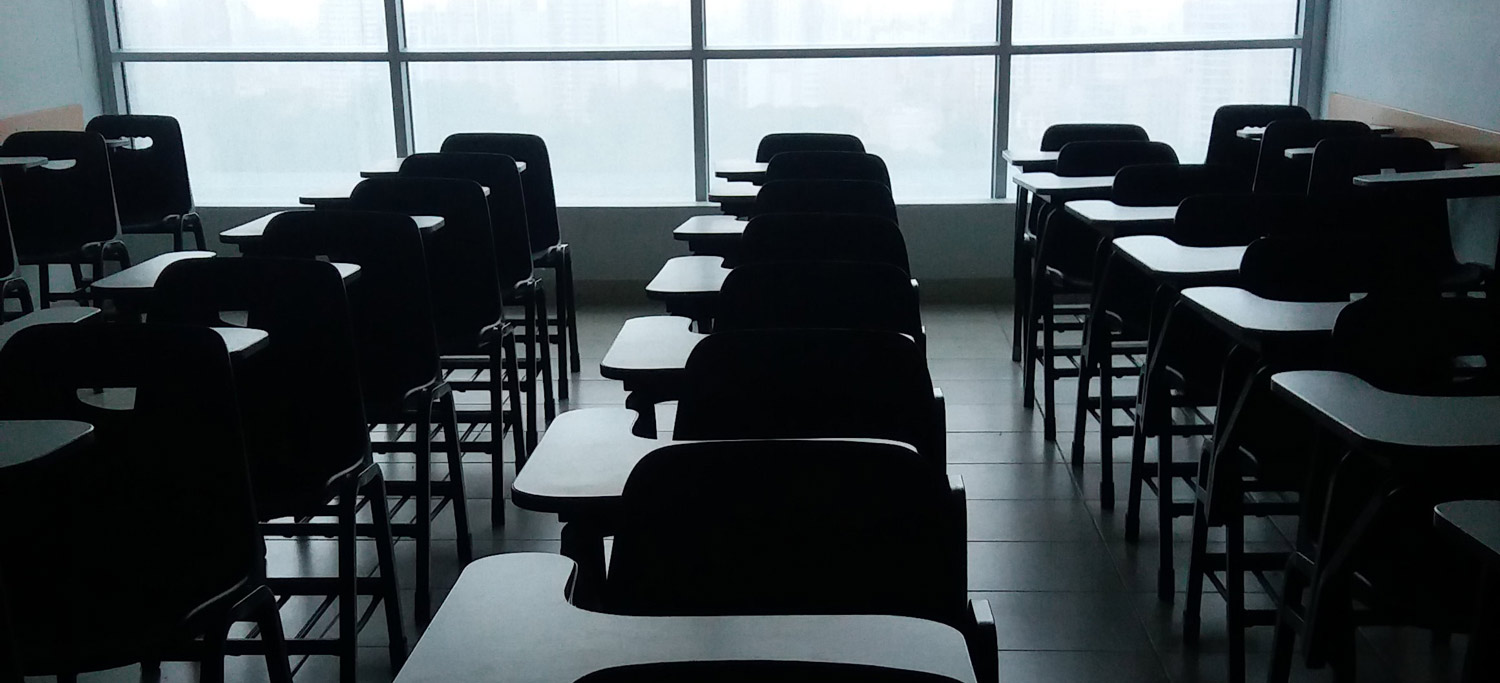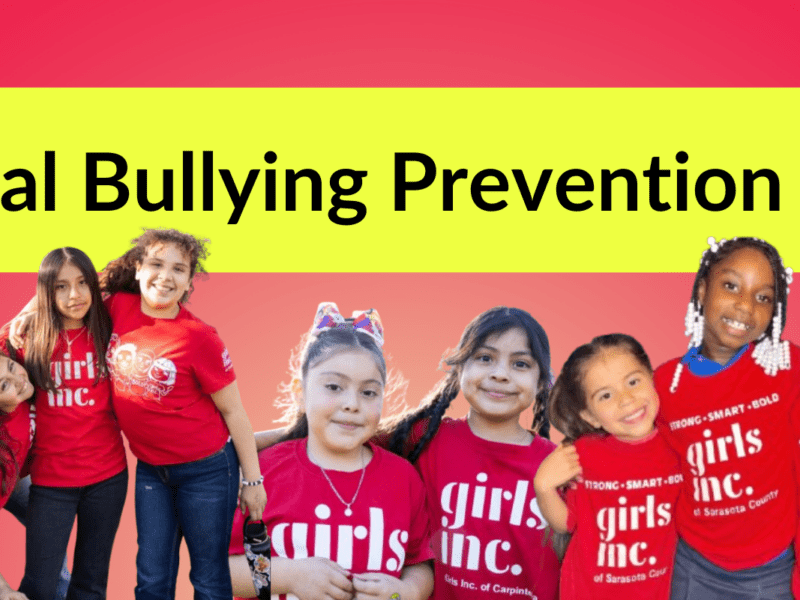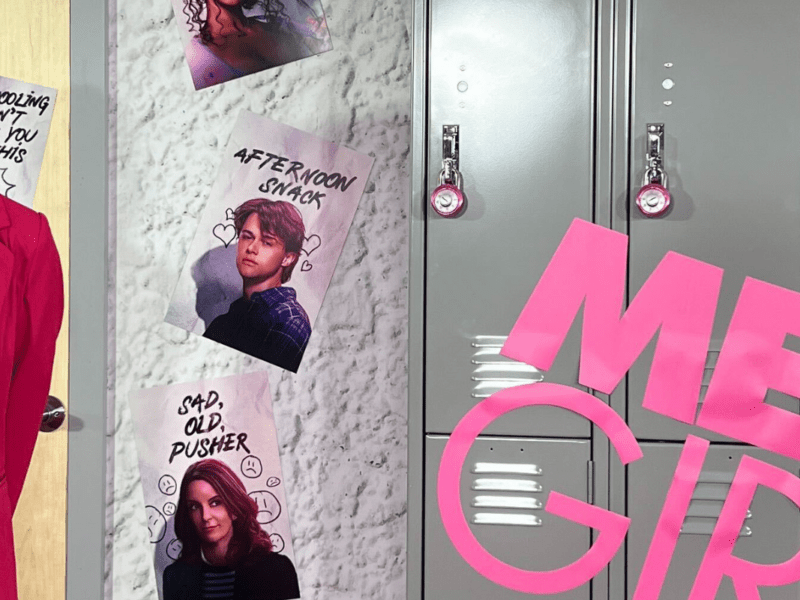What You Need to Know About School Pushout and How to Combat It
Every child deserves the right to a quality education where they can learn, grow, and feel safe. Unfortunately, there has been an increasing number of students, particularly Black and Brown girls, who have been pushed out of school, making them more likely to end up in the juvenile justice system. Pushout refers to the punitive discipline practices schools use, which exclude students from class and too often push them out of school altogether. These practices affect all students, but they disproportionately affect students of color, students with disabilities, and LGBTQIA students.
Here’s what you should know about school pushout:
1. Black Girls are Being Expelled and Suspended at Alarming Rates
According to the National Black Women’s Justice Institute, Black girls are seven times more likely to be suspended and four times more likely to be arrested at school, as compared to their white peers. Girls’ education is being disrupted by suspension and expulsion, which has a severe impact on their academic experience and takes away their opportunity to learn.
2. School Policies Enable Pushout
School policies that are innately biased make it difficult not only for girls of color to thrive in school, but even to merely survive in such a setting. Zero tolerance policies criminalize Black and Brown girls as they are being expelled or suspended for minor infractions.
The presence of school resource officers and other law enforcement leads to harsher and sometimes violent treatment of Black girls. School dress codes hyper-sexualize girls, who are being removed from class because they are too “distracting,” further disrupting their learning.
School policies that do not allow extensions, braids, weaves, etc. are inherently racist and discriminatory as they force Black girls to erase their identity and conform to eurocentric beauty standards.
3. Discipline Policies Are Informed by Racial Biases and Stereotypes
Black girls are often stereotyped as being sassy, loud, aggressive, and confrontational. Ironically, speaking your mind, being assertive, and having strong opinions are often celebrated as leadership skills when displayed by white girls – but such behaviors are discouraged or punished for Black girls.
The discrimination and bias that Black and Brown girls experience daily at school by teachers, administrators, and students can cause these girls to “act out,” which often leads to discipline without acknowledgment of the discrimination they face or exploration of other possible reasons for the behavior. These stereotypes often fuel harsher punishments, which further criminalize them.
We all have implicit biases and knowing them can help provide more equitable outcomes for Black and Brown girls in school. Implicit biases can influence what teachers expect of their students and can lead to lower expectations for their Black students. If teachers are acting on their biases, it could have harmful effects on their Black and Brown students. Schools need to provide implicit bias training to educators to help address this issue.
4. The Importance of Mental Health Resources and School Counselors
Black and Brown girls are at a higher risk of experiencing and/or witnessing violence and other traumatic experiences. These experiences have a profound impact on them and can alter their mental, emotional, and physical wellbeing.
Unaddressed trauma can affect students’ ability to learn, and it’s not something they can just leave outside of school. There needs to be more support for girls’ mental health at school and more trauma-informed training for educators so they can respond to students’ actions with the right tools and necessary resources and referrals.
5. Schools Can Start Addressing Pushout Now
It’s important compassion and empathy be at the forefront when addressing these problems. Girls who are constantly being subjected to exclusionary discipline practices can feel unwelcome and disconnected from their learning environment. As educators, creating a nurturing pipeline for students is imperative. Instead of using zero tolerance policies, schools can implement restorative justice practices that focus on the root cause of “misbehavior” instead of just the punishment.
We should advocate for best practices like “calling in” versus “calling out” when, instead of shaming or publicly punishing students, teachers compassionately invite students to reflect on their behavior. These practices can minimize existing trauma while still addressing misbehavior. Restorative justice practices help promote a more positive environment and better connect girls to their local community, fostering conditions where Black girls can succeed.
6. Lawmakers Can Prevent Unfair School Pushout Now
Rep. Ayanna Pressley (D-Mass) has introduced a bill to help end school pushout. The P.U.S.H.O.U.T. Act (H.R. 5325) aims to stop discriminatory punishment practices that criminalize Black and Brown students and push them out of school, fueling the school-to-prison pipeline.
This bill incentivizes states and schools to ban most out-of-school suspensions and expulsions for minor infractions. Rep. Pressley is taking steps to ensure there are equal educational opportunities for girls of color to achieve academic success by ending punitive and discriminatory discipline practices that put Black and Brown girls at risk.
Article contributions by Aryana Richardson, Girls Inc. Public Policy Intern and alumna of Girls Inc. of Lynn.



